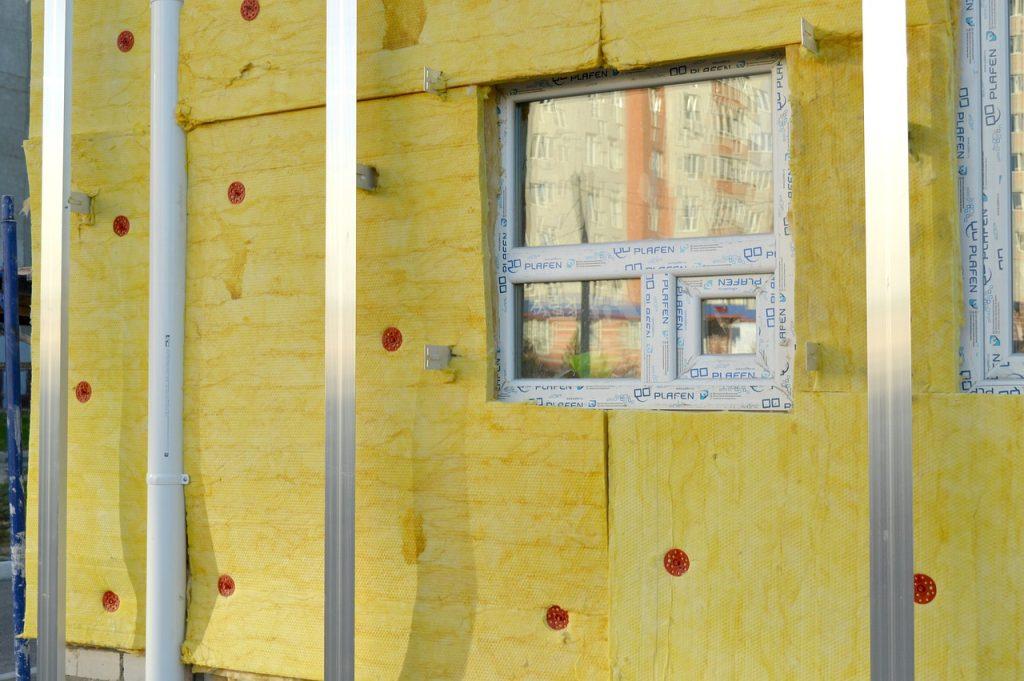31
Oct 2022
5 Ways To Reduce Heat Loss In Your Home
Many of us will turn up our heating systems to keep our homes warm as the winter cold sets in. However, homes with poor insulation tend to lose heat more than those with sufficient insulation, leading to higher heating costs and energy bills.
For several reasons, preventing heat loss is crucial. Not only will it lower your long-term energy costs, but it will also improve the comfort and well-being of everyone who lives in your house. You might be shocked to learn how much heat escapes a poorly insulated home. Here, we’ll go through how to minimise heat loss in your house so that your heating system works as efficiently as possible.
1. Preventing the Loss of Heat Through Your Walls
According to Northern Energy, the main source of heat loss in homes is inadequate wall insulation, which is responsible for 35 and 40% of heat loss. As a result, insulating your walls is highly recommended. However, there is a crucial guideline to keep in mind when insulating.
Homes constructed before 1930 often have solid walls in the UK, whereas those constructed afterward typically have cavity walls. Because it involves injecting insulating material into the wall cavities and slows heat transfer across the wall, cavity wall insulation is quite simple to install. However, solid wall insulation, which can comprise either interior or external wall insulation, is more expensive and difficult to implement.


2. Roof Insulation
Because hot air rises, it’s crucial to ensure your roof is adequately shielded from unnecessary heat loss. In addition, draughts and cold areas could result from heat loss through your roof, which could cause dampness issues.
According to the Energy Saving Trust, a non-insulated home loses about 25% of its heat through the roof (EST).
This heat loss can be avoided in the simplest way possible by insulating a roof, loft, or attic. This boosts your home’s energy efficiency by keeping heat inside your living area. In addition, loft insulation should pay for itself several times over its 40-year lifespan.
3. Preventing Heat Loss Through Your Windows
Radiation through your glazing is the main factor in heat loss through your windows. Still, air leakage is also a significant factor, especially for windows with poor insulation.
According to the Department of Energy, heat gain and heat loss through windows account for around 25–30% of the energy used for heating and cooling our houses. 10% of the heat in a normal home is lost through the windows.
If your windows are in good shape, you might be able to increase their effectiveness by introducing draught-proofing or checking for leaks. Thick curtains can also help you increase your insulation.
However, replacing your outdated windows with secondary glazing will stop chilly draughts if they are ancient and need an upgrade.


4. Floor Insulating
You can keep your house warm by insulating the ground floor. Typically, the ground level is the only one that needs insulation. You often don’t need to insulate your floor area if you’re on an upper story.
However, because you can lose a lot of heat via floors above unheated regions like garages, you should consider insulating them. In addition, your feet will feel warmer when there are rugs and carpets on the floor, which may reduce your demand for heating.
5. Weatherstrip Exterior Doors
When it’s bright outside, look at your outside doors to see if you can see any areas of daylight around the doorframe. Unfortunately, every light source you can see is an air passageway. Heat will escape through those cracks in the winter, raising energy costs.
DIYers can fix these air leaks quickly and inexpensively by applying new weatherstripping. Apply the new weatherstripping after removing the old. Every door that leads outside should have self-adhesive rubber foam weatherstripping installed on its frame. Another excellent option is high-quality silicone rubber weatherstripping, which is more attractive and long-lasting than other weather seals.

Quick Energy Saving Tips
Other simple ways to reduce heat loss in your home include adding underlays and curtains. Windows and open doors can be a major source of warm air loss. People typically open windows when the indoor air feels stuffy or is too hot, making this one of the main causes of heat loss. Getting a heating system that does not overheat makes sense because this is a waste of energy and money.
You can avoid having to open windows that let heat and money escape by using underfloor heating, which generates soft, radiant heat that won’t contribute to a stuffy environment. In addition, your UFH system will operate more effectively and efficiently if you control it with a specialised Smart thermostat, resulting in long-term cost savings.
With underfloor heating and adequate insulation levels, reducing heat loss and saving money on your costs is simple. Contact us today if you want any advice or to speak to our professionals!
